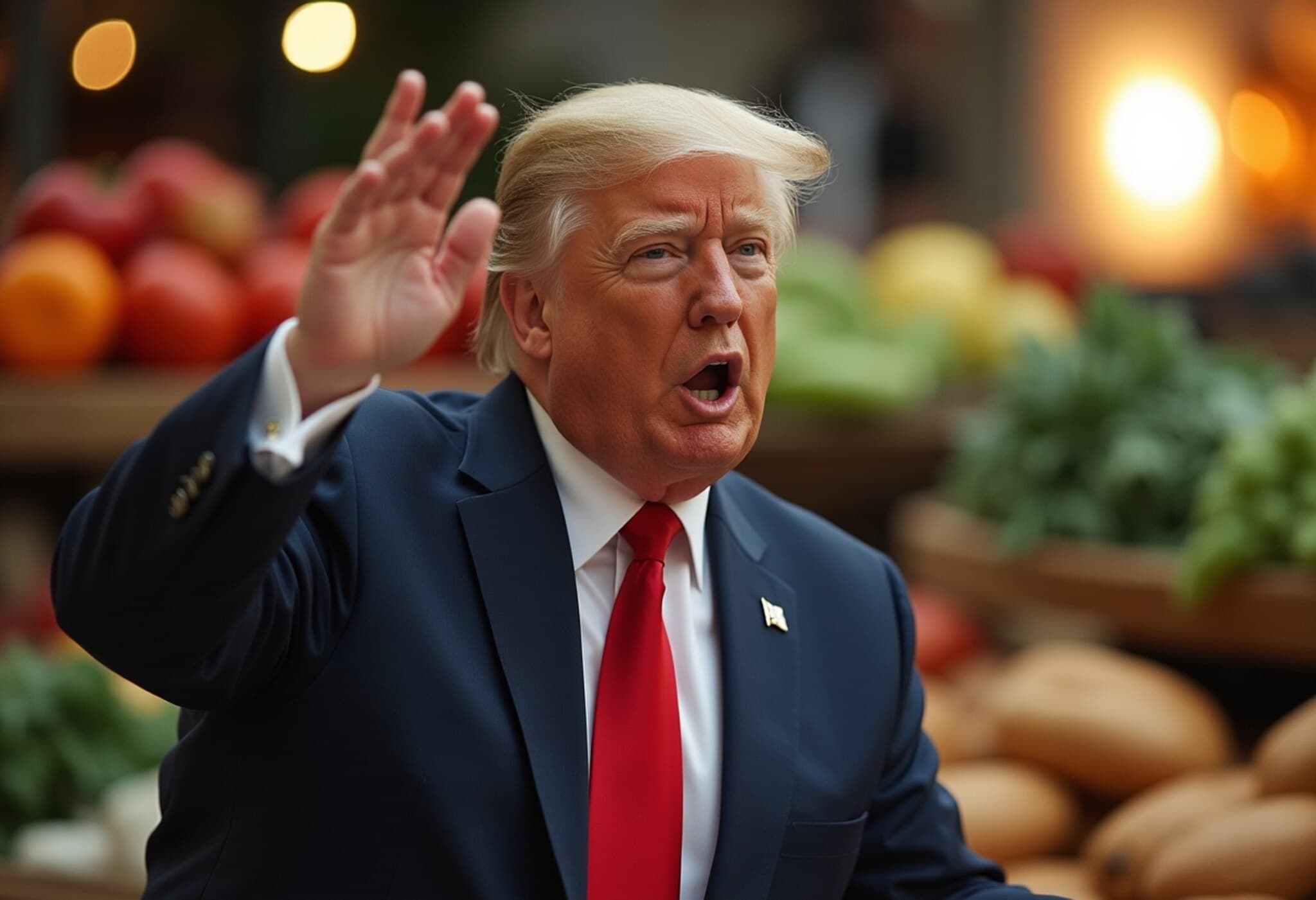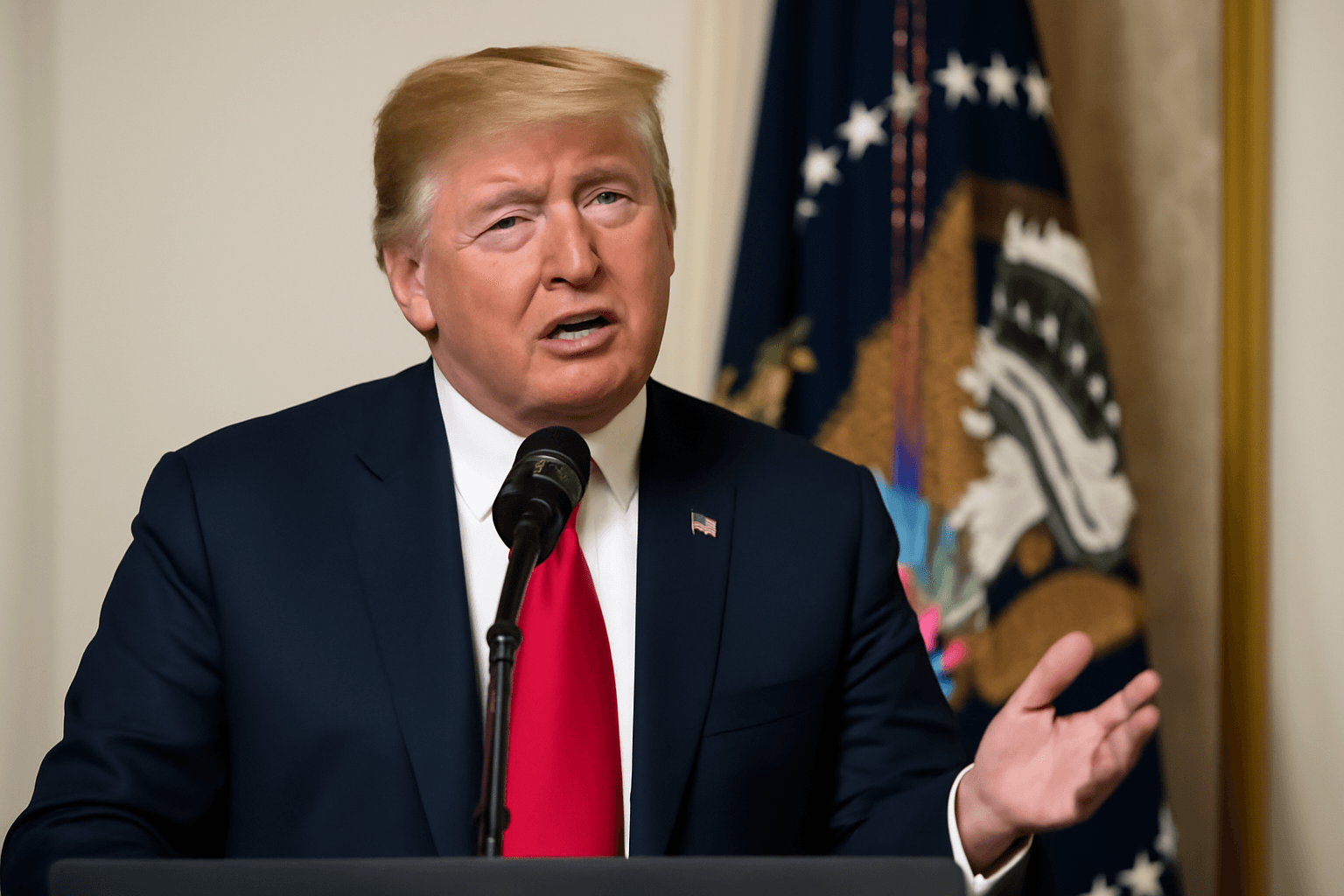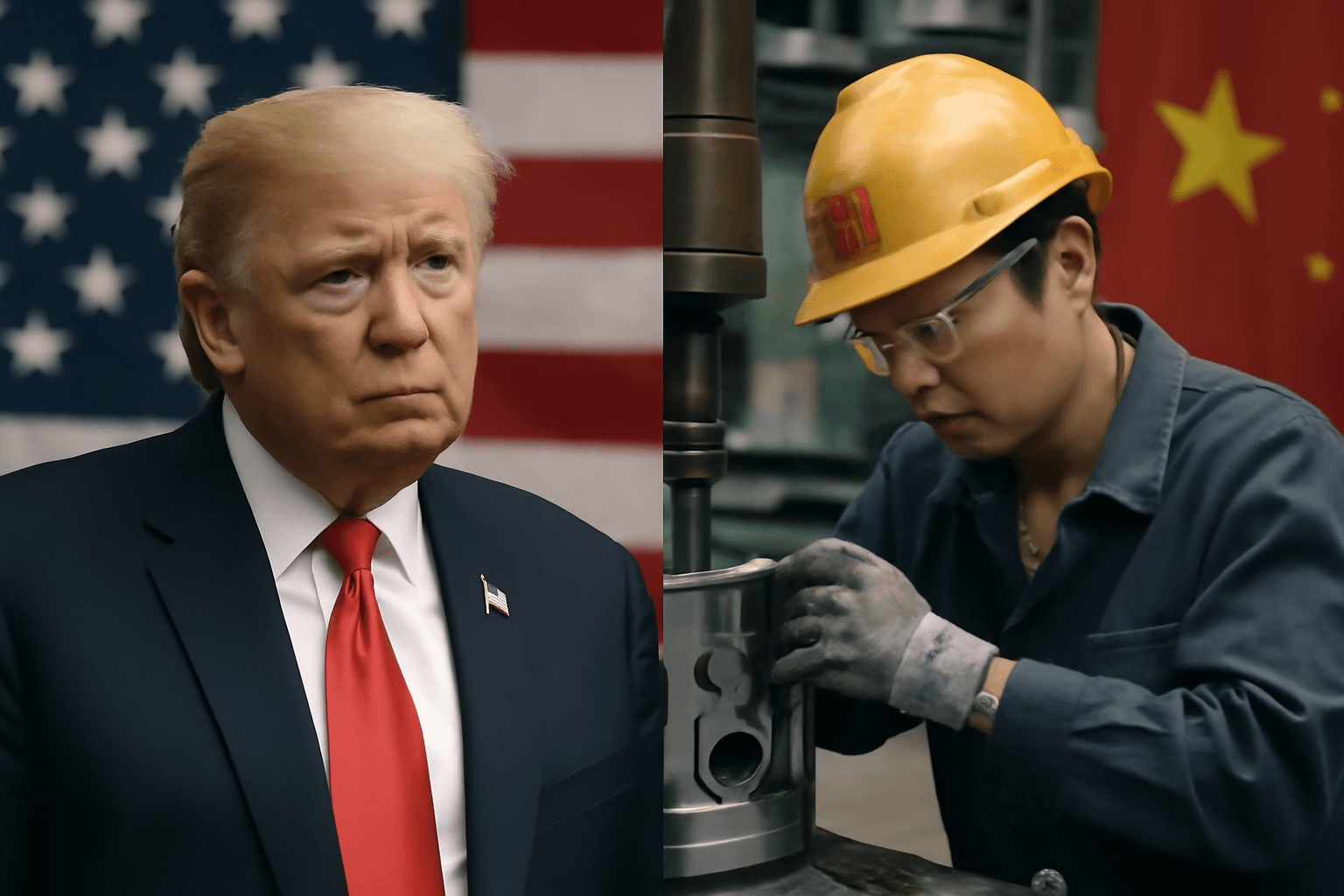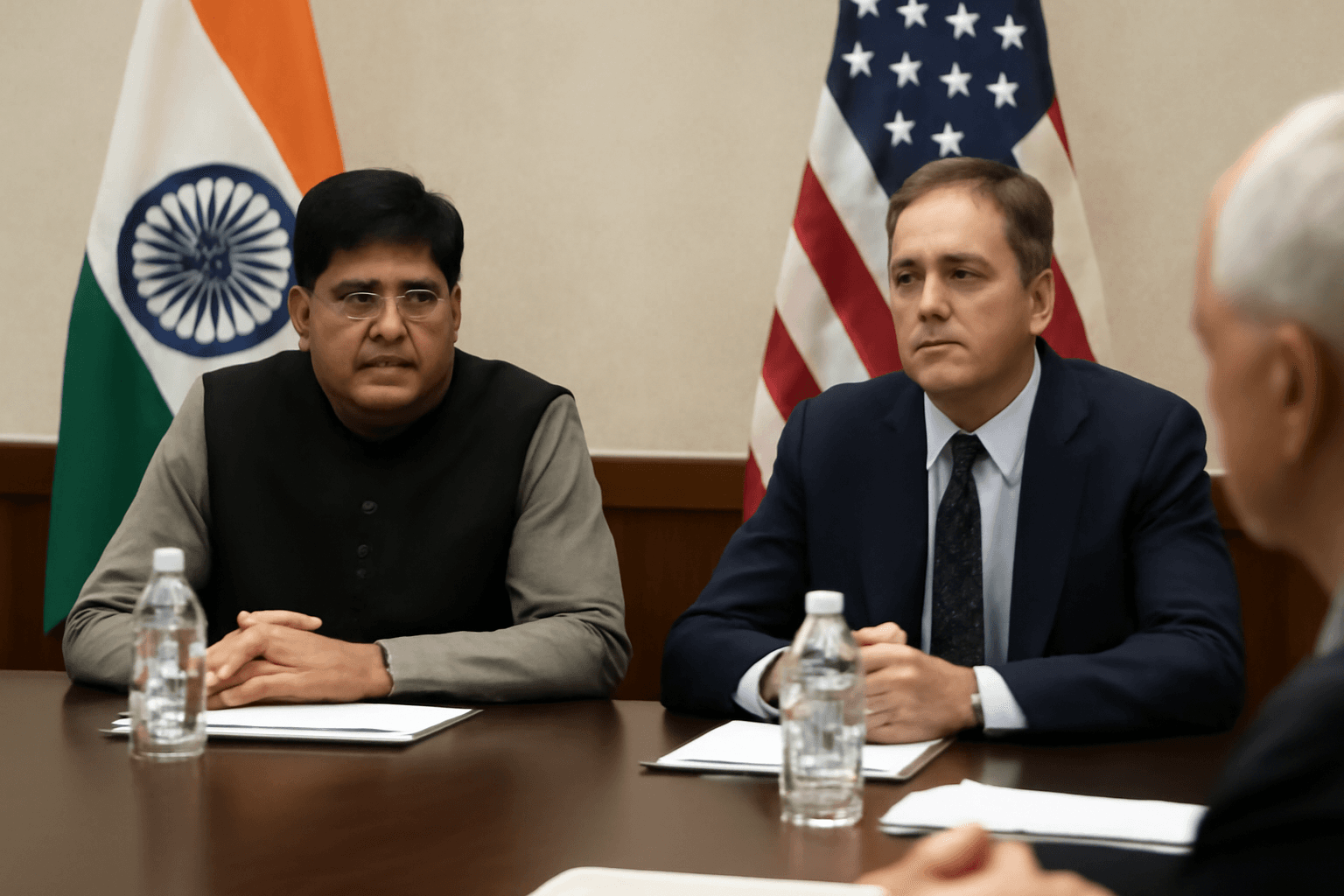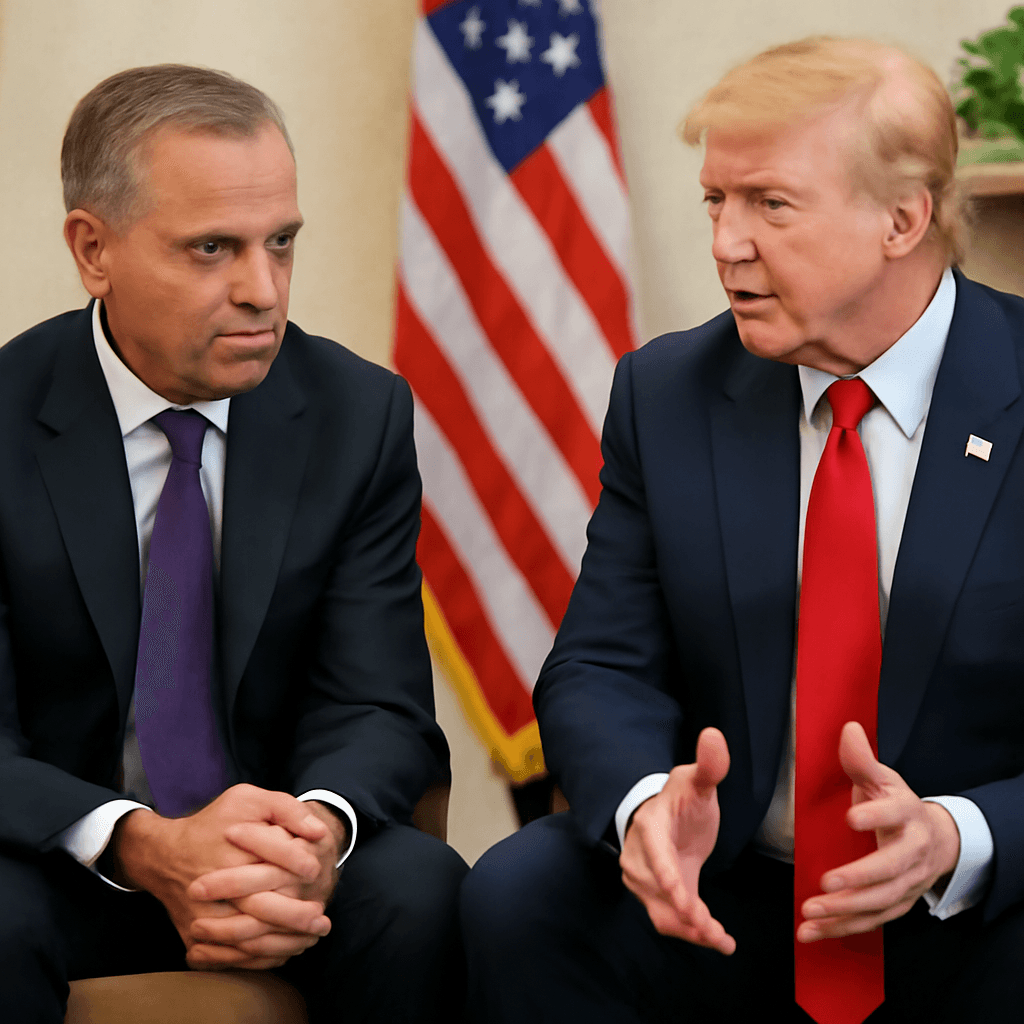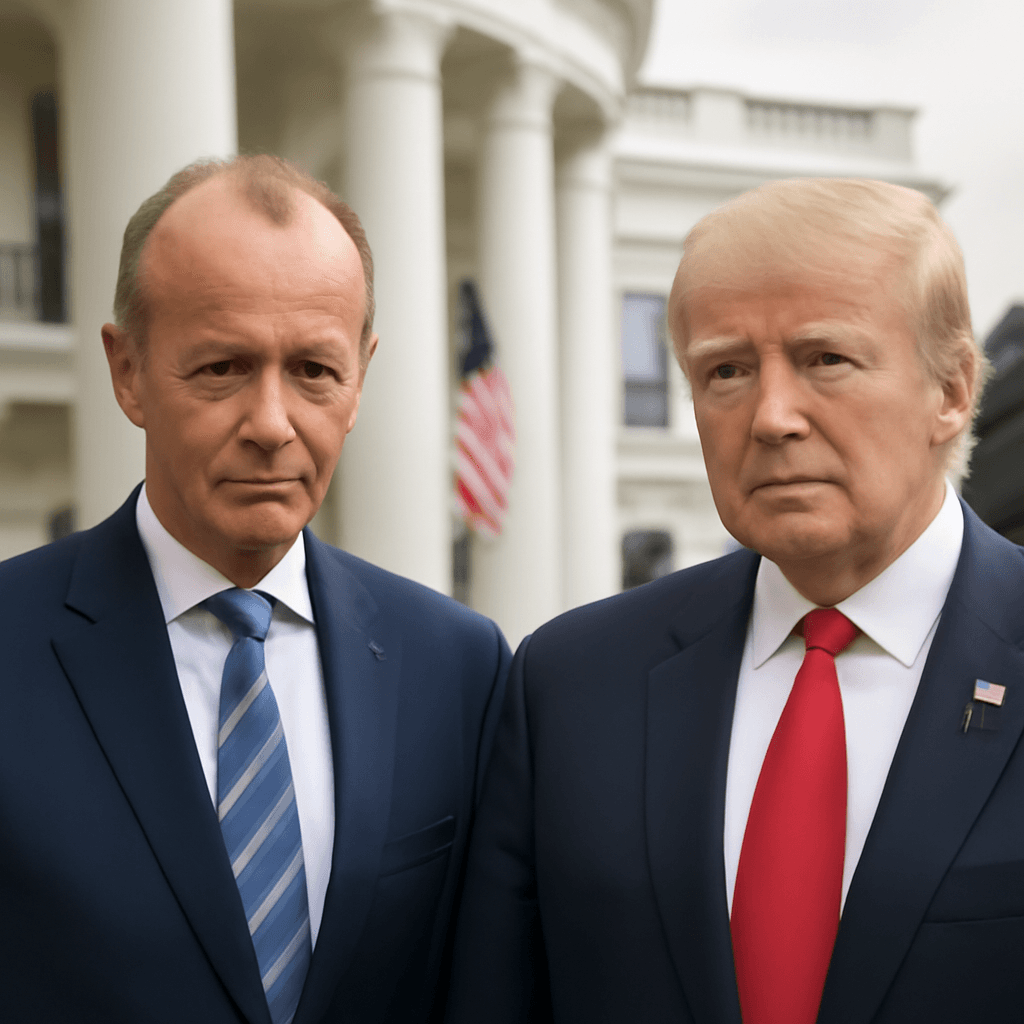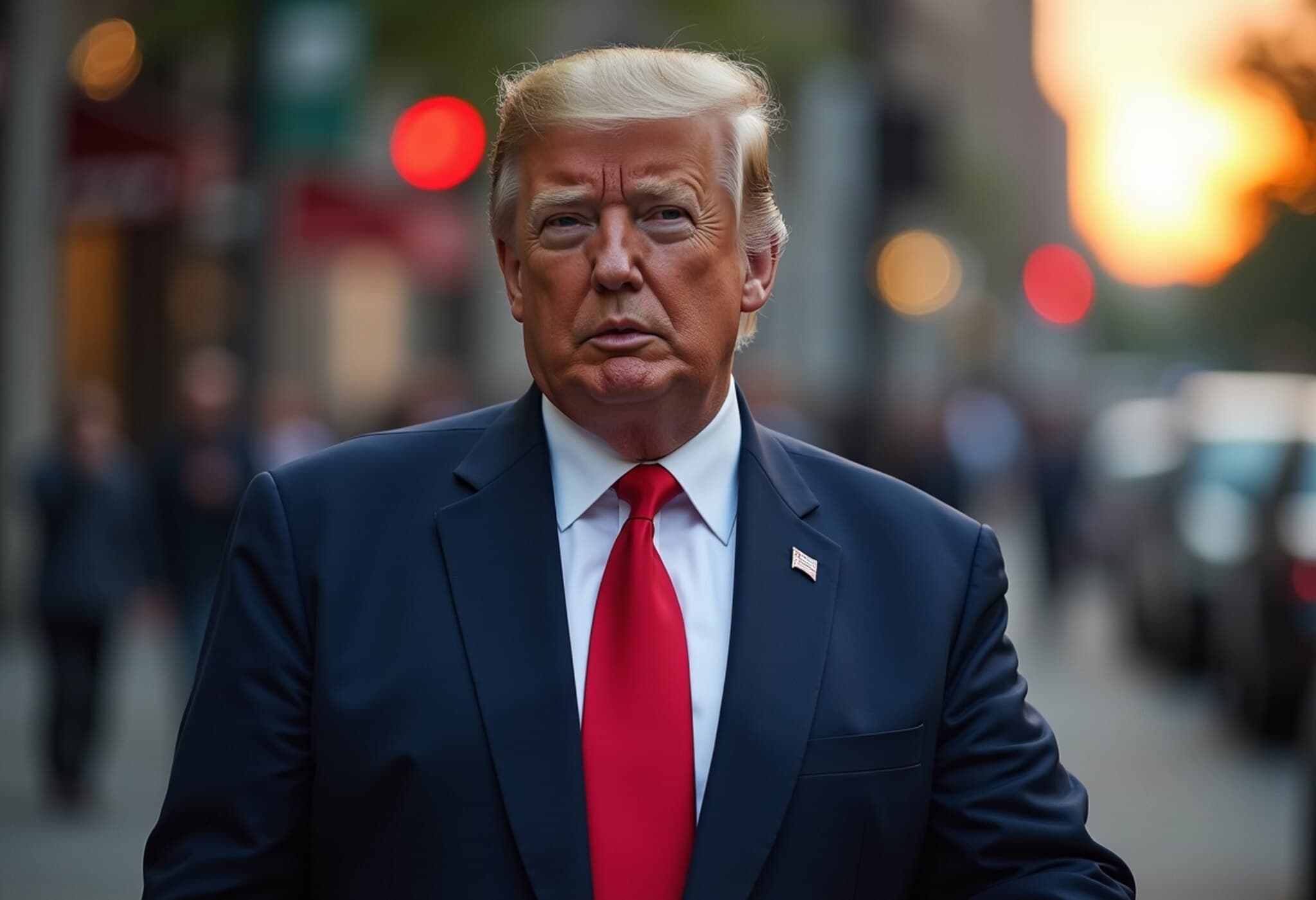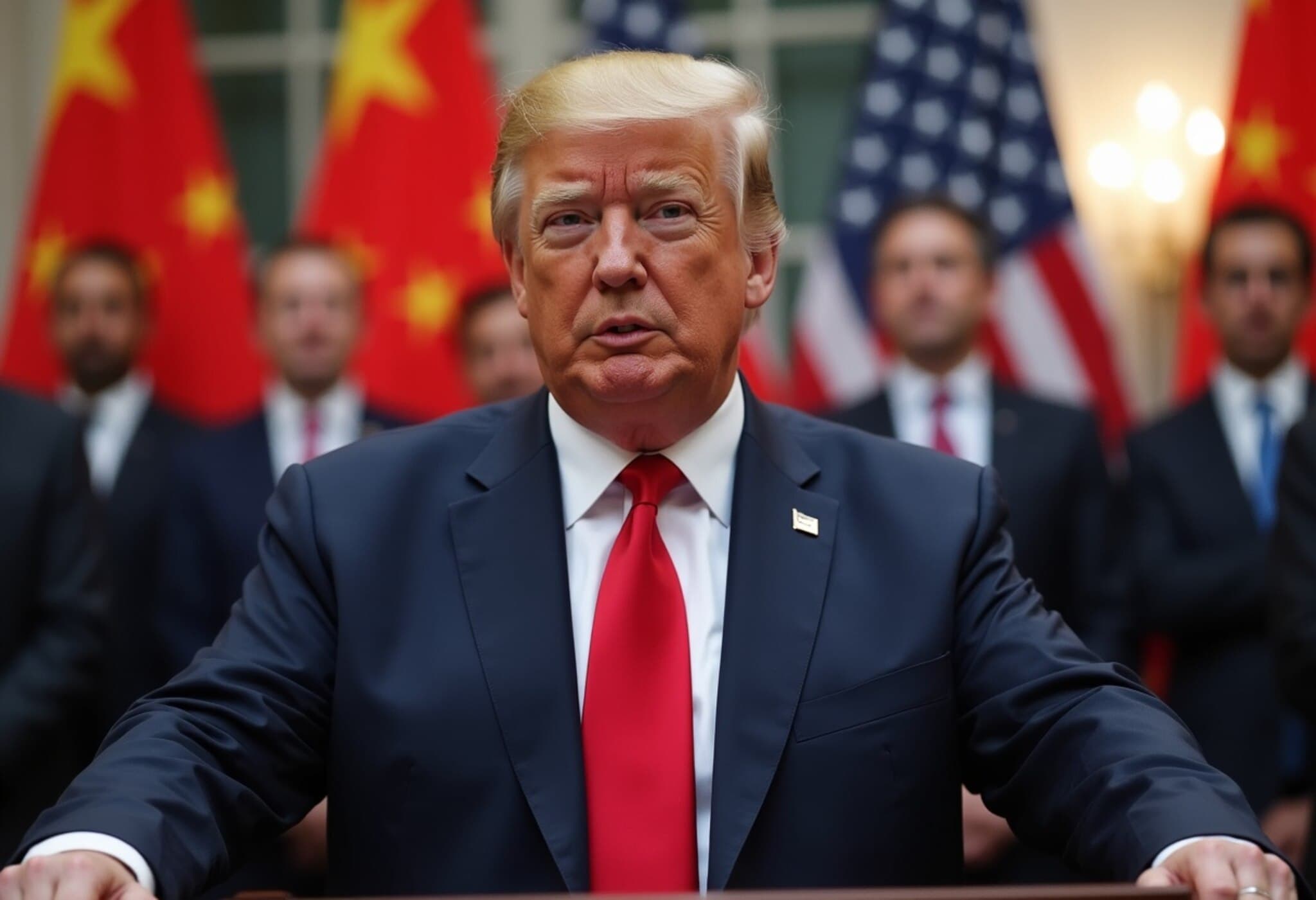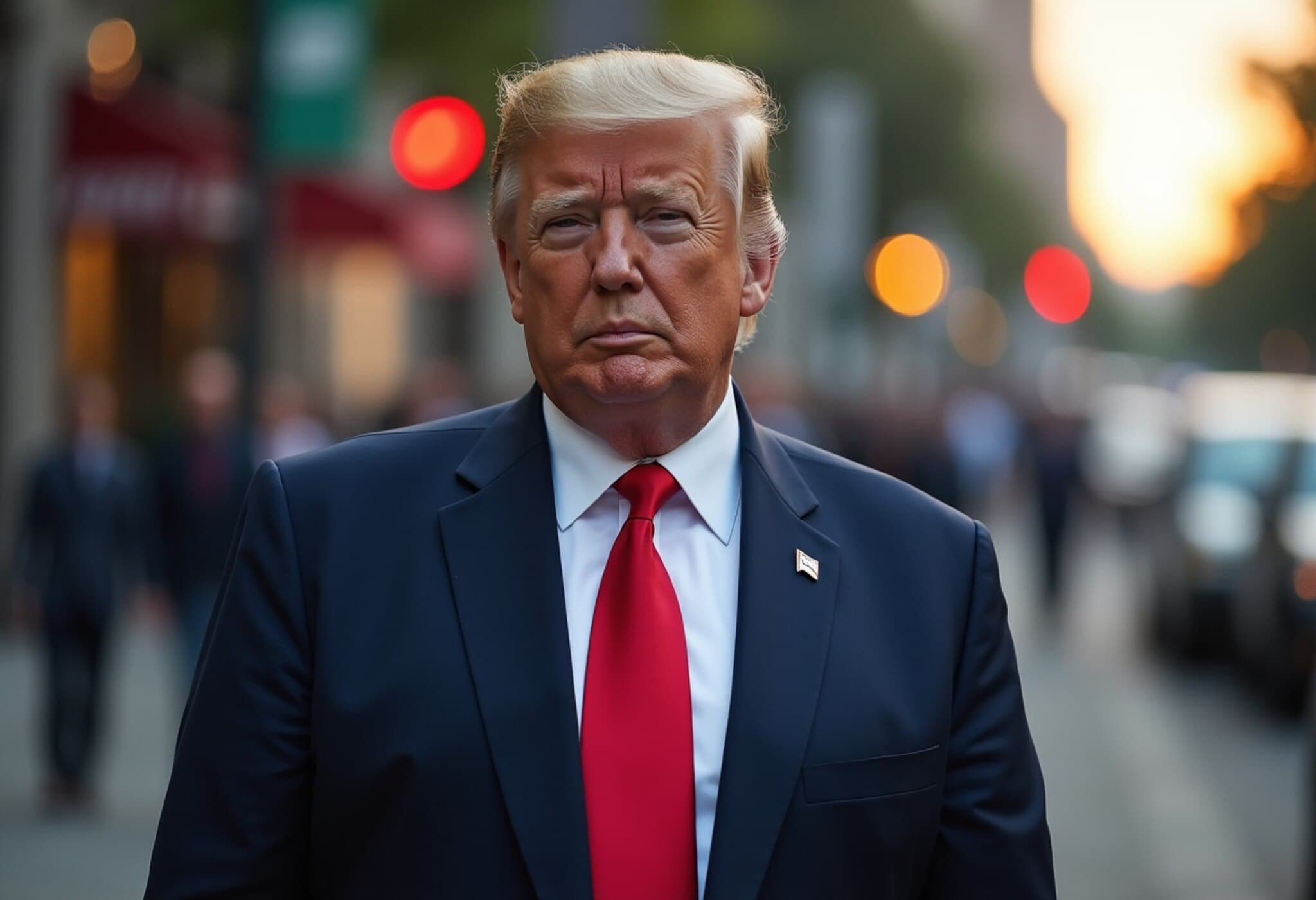US-Presentation Threatens Major Tariffs on European Food Products
In a recent escalation of trade tensions, US President Donald Trump has warned about imposing a 17% tariff on food and agricultural produce imported from the European Union. This announcement came during high-level discussions in Washington involving the EU trade commissioner, Maroš Šefčovič, and senior US officials.
Scope of the Proposed Tariffs
The proposed tariffs would affect a wide array of iconic European products that have long been popular in the American market. From Belgian chocolate and Kerrygold butter from Ireland to olive oil sourced from Italy, Spain, and France, nearly every key food export from Europe could face higher duties. This move signals a sharp disruption to longstanding trade patterns.
Meetings Highlight US-EU Trade Strain
The warning was delivered during the meeting between Maroš Šefčovič and prominent US representatives including Treasury Secretary Scott Bessent, Trade Representative Jamieson Greer, and Commerce Secretary Howard Lutnick. Following these talks, EU ambassadors were briefed on the potential impact and implications of these tariffs.
EU Responds with a Call for Negotiation, Prepares for Possible Retaliation
While the European Union voiced hope for a political compromise, officials made clear they are bracing for a potential trade war. An EU trade spokesperson emphasized the preference for negotiated solutions, noting recent progress in talks and ongoing weekend negotiations.
Yet, the EU expressed readiness to retaliate with tariffs on American exports, including items such as Bourbon whiskey and Boeing 747 aircraft, should negotiations fail to yield an agreement.
Challenges in Reaching a Deal
European Commission President Ursula von der Leyen acknowledged the difficulty of finalizing a comprehensive agreement within tight time constraints. Among EU priorities is easing tariffs in crucial areas like the automotive sector, where duties have surged from 2.5% to 27.5% in recent years under the US administration's trade policies.
Von der Leyen described the current objective as achieving an “agreement in principle,” mirroring the approach taken previously by the United Kingdom.
Further US Trade Threats Expand Pressure
Adding to the escalating trade pressure, President Trump announced plans to send letters to a dozen countries warning of permanent tariffs up to 70% starting after July 9. This move targets over 60 nations—including major economies like Japan—urging them to finalize tariff arrangements swiftly.
Trump described the upcoming duties as ranging from 10% up to as high as 70%, highlighting the administration’s aggressive stance on global trade enforcement.
What Lies Ahead?
As both sides weigh their positions, the possibility of a full-blown trade war looms. The EU strives for a pragmatic resolution to prevent significant damage to transatlantic trade flows, while the US appears poised to leverage tariffs as a tool to reshape trade relationships.
The coming days will be critical in determining whether diplomacy can avert a harsh standoff or if retaliatory tariffs will further disrupt global markets.

